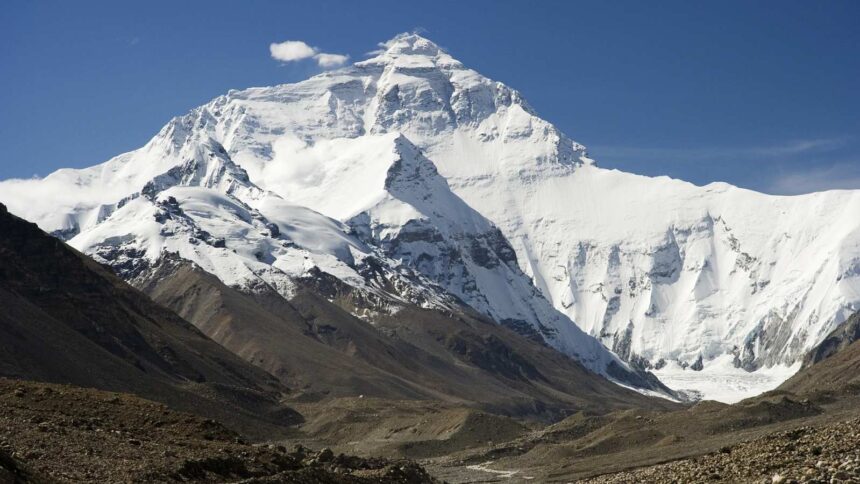(SQAUK)—In a dramatic turn of geological events, Mount Spurr, the towering volcano looming over Anchorage, Alaska, is showing signs of life as scientists detect significant magma movement beneath its surface. The Alaska Volcano Observatory (AVO) has reported increased seismic activity and a noticeable uplift in the region, indicating that the giant may soon awaken from its slumber.
Mount Spurr, which last erupted in 1992, dusting the region with volcanic ash, has been relatively quiet for decades. However, recent observations have revealed a slight but distinct rise in the ground surface, suggesting that magma is inching upward. This activity has alerted the local community and scientists as the potential for an eruption could have far-reaching consequences.
The Alaska Volcano Observatory (AVO) has detected an average of four daily earthquakes, with a peak of 33 recorded daily. These frequent tremors and the ground uplift of approximately 0.4 inches since November 2023 suggest that a volcano beneath the serene Alaskan landscape is recharging its fiery engines.
The Volcano Alert Level remains at “Normal,” and the Aviation Color Code is “Green,” indicating no immediate threat. However, the situation is being closely monitored. The AVO keeps a vigilant eye on Mount Spurr using a network of seismic stations, GPS receivers, and satellite monitoring to detect any changes swiftly.
The threat looms. There are potential perils of an eruption.
If Mount Spurr were to erupt, the consequences could be severe. Volcanic eruptions have the potential to devastate the surrounding environment by destroying plant life over a wide area. Although the rich volcanic soil left behind may eventually support new growth, the immediate aftermath would involve a loss of vegetation. Wildlife would also suffer greatly, with the potential for loss of life among mammals due to lava flows, pyroclastic flows, tephra falls, and gases. Aquatic life could face increased acidity and turbidity, affecting the food supply and damaging or killing fish.
For the human population, there are numerous threats associated with an eruption. It could lead to famine, forest fires, and earthquakes, worsening the disaster. The economic impact would be significant, with potential disruptions to agriculture and tourism. Additionally, volcanic ash in the atmosphere can lead to crop failure, animal death and deformity, and human illness due to toxic gases such as carbon dioxide and fluorine.
Airports in the ash cloud’s shadow
The aviation industry is not immune to the effects of volcanic ash. Volcanic ash poses a severe threat to air travel, as it can cause damage to aircraft engines and result in flight cancellations or rerouting. In the past, volcanic eruptions have led to significant economic and transportation disruptions, with airports closing and flights being canceled, costing the industry billions of dollars. For example, the 2010 eruption of Iceland’s Eyjafjallajökull volcano led to the cancellation of approximately 100,000 flights, impacting seven million passengers and costing the aviation industry an estimated $2.6 billion.
(Ad) Get the new book Hidden Axis: Forces Beyond the Visible World – Uncover the secrets they don’t want you to know. Dive into the truth about cosmic forces, government conspiracies, and humanity’s future.
As Anchorage residents go about daily, an active volcano in their backyard adds a thrilling yet frightening dimension to the majestic Alaskan wilderness. The city, known for its resilience and spirit, stands ready to face whatever challenges Mount Spurr might unleash.


